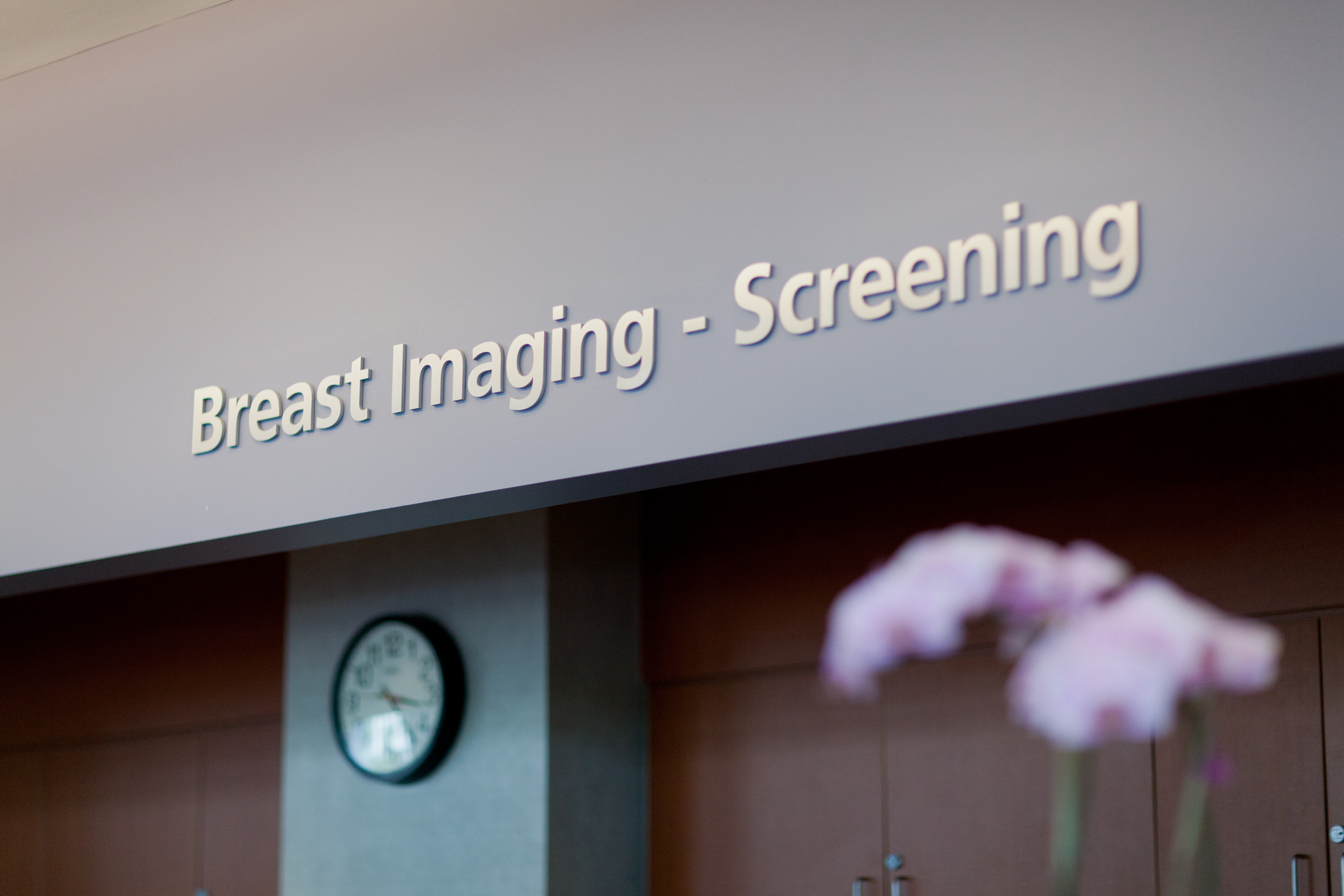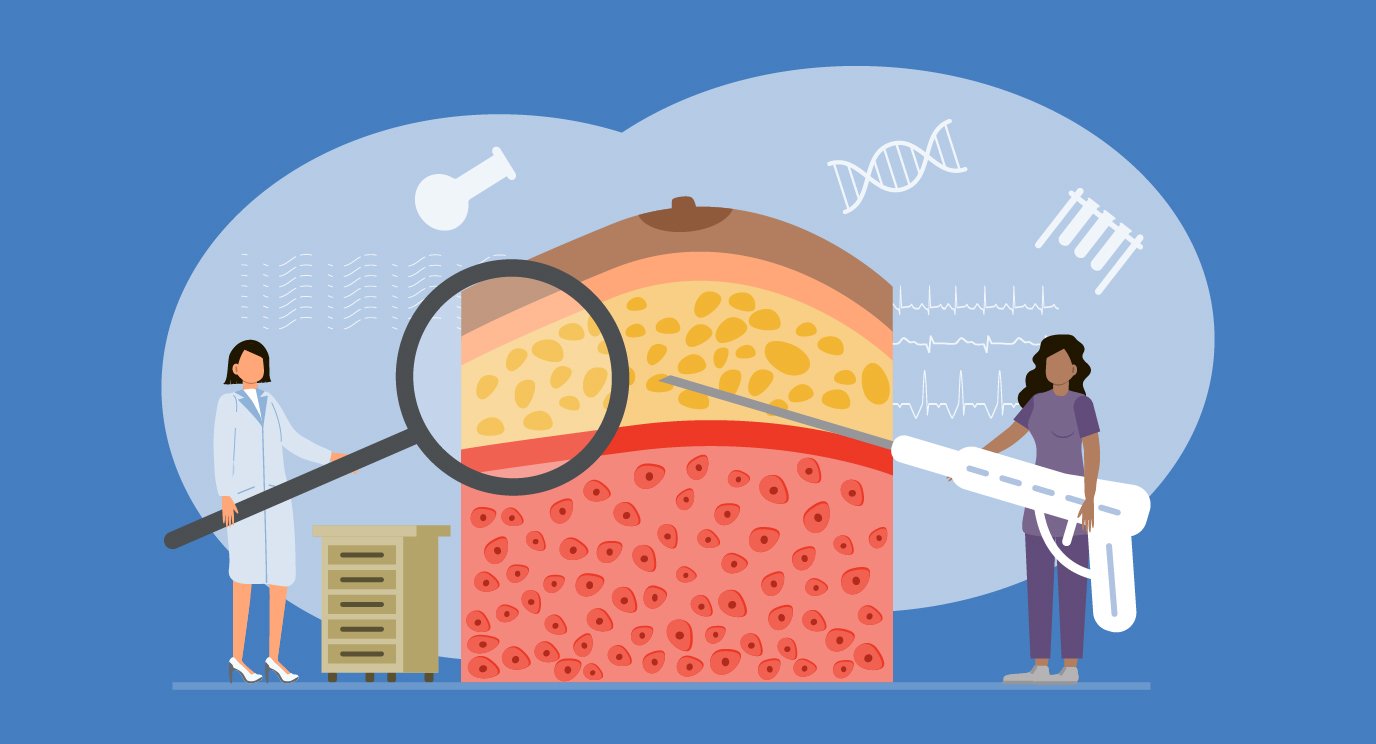- Diseases
- Acoustic Neuroma (14)
- Adrenal Gland Tumor (24)
- Anal Cancer (66)
- Anemia (2)
- Appendix Cancer (16)
- Bile Duct Cancer (28)
- Bladder Cancer (68)
- Brain Metastases (28)
- Brain Tumor (230)
- Breast Cancer (718)
- Breast Implant-Associated Anaplastic Large Cell Lymphoma (2)
- Cancer of Unknown Primary (4)
- Carcinoid Tumor (8)
- Cervical Cancer (154)
- Colon Cancer (164)
- Colorectal Cancer (110)
- Endocrine Tumor (4)
- Esophageal Cancer (42)
- Eye Cancer (36)
- Fallopian Tube Cancer (6)
- Germ Cell Tumor (4)
- Gestational Trophoblastic Disease (2)
- Head and Neck Cancer (6)
- Kidney Cancer (124)
- Leukemia (344)
- Liver Cancer (50)
- Lung Cancer (288)
- Lymphoma (284)
- Mesothelioma (14)
- Metastasis (30)
- Multiple Myeloma (98)
- Myelodysplastic Syndrome (60)
- Myeloproliferative Neoplasm (4)
- Neuroendocrine Tumors (16)
- Oral Cancer (100)
- Ovarian Cancer (170)
- Pancreatic Cancer (166)
- Parathyroid Disease (2)
- Penile Cancer (14)
- Pituitary Tumor (6)
- Prostate Cancer (144)
- Rectal Cancer (58)
- Renal Medullary Carcinoma (6)
- Salivary Gland Cancer (14)
- Sarcoma (236)
- Skin Cancer (296)
- Skull Base Tumors (56)
- Spinal Tumor (12)
- Stomach Cancer (60)
- Testicular Cancer (28)
- Throat Cancer (90)
- Thymoma (6)
- Thyroid Cancer (98)
- Tonsil Cancer (30)
- Uterine Cancer (78)
- Vaginal Cancer (14)
- Vulvar Cancer (18)
- Cancer Topic
- Adolescent and Young Adult Cancer Issues (20)
- Advance Care Planning (10)
- Biostatistics (2)
- Blood Donation (18)
- Bone Health (8)
- COVID-19 (362)
- Cancer Recurrence (120)
- Childhood Cancer Issues (120)
- Clinical Trials (626)
- Complementary Integrative Medicine (24)
- Cytogenetics (2)
- DNA Methylation (4)
- Diagnosis (230)
- Epigenetics (6)
- Fertility (64)
- Follow-up Guidelines (2)
- Health Disparities (14)
- Hereditary Cancer Syndromes (124)
- Immunology (18)
- Li-Fraumeni Syndrome (8)
- Mental Health (118)
- Molecular Diagnostics (8)
- Pain Management (62)
- Palliative Care (8)
- Pathology (10)
- Physical Therapy (18)
- Pregnancy (18)
- Prevention (896)
- Research (390)
- Second Opinion (74)
- Sexuality (16)
- Side Effects (604)
- Sleep Disorders (10)
- Stem Cell Transplantation Cellular Therapy (216)
- Support (404)
- Survivorship (322)
- Symptoms (184)
- Treatment (1776)
What is adjuvant therapy for breast cancer?
4 minute read | Published October 22, 2021
Medically Reviewed | Last reviewed by an MD Anderson Cancer Center medical professional on October 22, 2021
Many patients who are diagnosed with breast cancer will hear their doctors use the word “adjuvant” to describe certain treatment options.
But what does "adjuvant” mean, and what does it indicate about the therapies to which it’s applied?
We asked Wendy Woodward, M.D., Ph.D., a radiation oncologist and researcher who specializes in breast cancer. Here’s what she had to say.
What is adjuvant therapy and how does it differ from neo-adjuvant therapy?
The simplest way to define it is any kind of treatment that comes after breast surgery to remove a tumor.
Anything that happens before surgery, such as chemotherapy given to shrink the tumor, is called “neo-adjuvant” therapy. Any therapies that happen afterwards are considered “adjuvant.”
Which breast cancer patients need adjuvant therapy?
It really depends. All adjuvant treatments are based on the chances of a patient not being cured of a particular cancer by surgery and any therapy they may have received before surgery (i.e. neoadjuvant therapy). Additional therapies are offered to reduce the risk of recurrence.
How is the need for adjuvant breast cancer therapy determined?
The first thing that happens at MD Anderson is staging. That’s how our doctors learn how large and advanced a patient’s cancer is, usually through imaging.
The next step is genomic testing for certain hormone receptors. The presence of these can be favorable for two reasons. One is that they could indicate a patient is already at relatively low risk for a cancer returning. But the other is that we might be able to correlate the receptors with various genomic studies, and lower a patient’s risk even more by offering hormonal therapies.
At some point during every staging process, we will ask the following questions:
- What is the risk of the cancer coming back without this therapy?
- How will this therapy reduce that risk?
- Are the risks of this therapy worth the benefits?
The last question can only be answered fully after talking with a patient, because everyone is different. And one patient’s level of acceptable risk might be very different from another’s.
What types of adjuvant therapy are typically used to treat breast cancer?
Again, that depends. It used to be that the first line of treatment for breast cancer was always surgery. Then, chemotherapy came along, and doctors learned that if they gave that first, sometimes even tumors deemed too big to remove initially could be shrunk down enough to do that successfully.
Eventually, someone discovered that estrogen drives cell growth in estrogen-receptor-positive (ER+) tumors, and the development of hormonal therapies like tamoxifen began. Today, we’ve also got targeted therapies, aromatase inhibitors and immunotherapies to consider.
Why is it important to know a breast cancer’s subtype?
Because it helps us personalize your therapy. Subtyping breast cancer allows doctors to tailor adjuvant therapy specifically to you, based on both your response to neo-adjuvant treatment and our pathology findings, such as biopsy results.
Almost all patients with a hormone-positive breast cancer diagnosis will be offered hormone therapy. But the type they’re offered depends on whether they’re pre- or post-menopausal. And, if you’ve got an HER2+ mutation, we might offer you chemotherapy first, to shrink the tumor and make surgery simpler. Doing it in that sequence, rather than performing the surgery up front, can often reduce the number of lymph nodes we have to remove. And that, in turn, can reduce your chances of developing lymphedema.
In patients who only need a lumpectomy, meanwhile, we can make their risk of recurrence comparable to those who’ve had a full mastectomy, by giving them radiation therapy afterwards.
And, if your cancer is considered very high-risk, you may benefit from both chemotherapy and hormone therapy after surgery, and/or irradiation of the chest wall and any un-dissected lymph nodes.
In any event, you’ve got to know the breast cancer subtype to figure out which adjuvant therapies are appropriate.
What’s the most exciting development right now in the field of adjuvant breast cancer therapy?
In July, the Food and Drug Administration (FDA) approved an immunotherapy drug called pembolizumab for the treatment of breast cancer. It’s showing the most promise against triple negative breast cancer, which lacks the three most-common receptors that make hormone-positive cancers easier to treat.
Is there anything else people should know about adjuvant therapy for breast cancer?
As with any type of cancer treatment, adjuvant therapies can sometimes cause side effects, such as dry skin, mouth sores, and neuropathy.
Our goal is to get people back to where they were before cancer as much as possible, so tell your doctor if you start developing any side effects. Your care team can usually offer tips and suggestions on how to ease or resolve them. MD Anderson patients can also ask for a referral to one of our specialists.
Request an appointment at MD Anderson online or by calling 1-866-926-3221.

Our goal is to get people back to where they were before cancer.
Wendy Woodward, M.D., Ph.D.
Physician & Researcher





